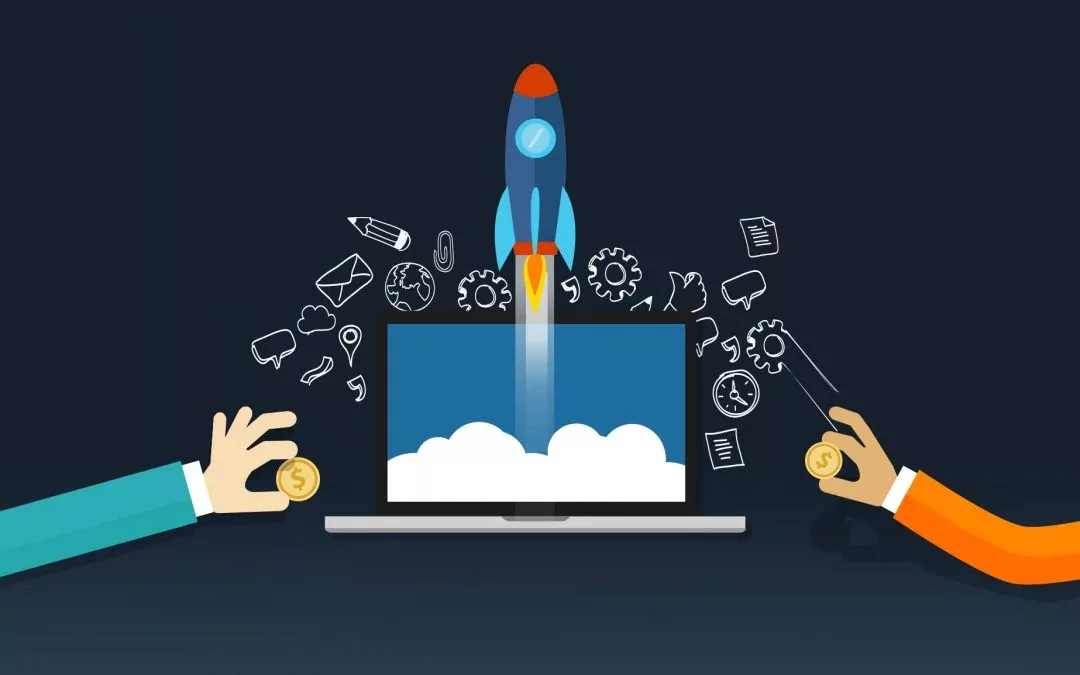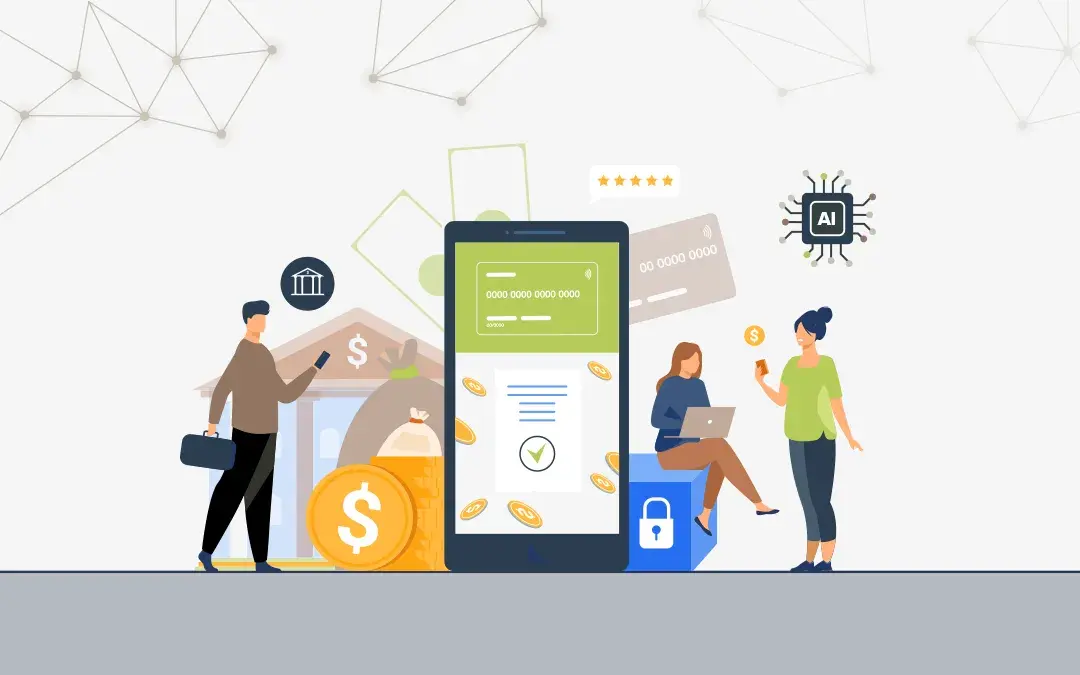The financial crisis of 2008 resulted in a global economic disaster and several events where banks began to impose stricter laws against consumer lending. Newer regulatory actions spawned to dry up credit to customers and businesses. Quick and simple loans became tough to acquire, even for those with a good credit history.
As the lending sector became inflexible, it paved the way to alternative financing, bringing the rise in peer-to-peer lending space. Although the concept was originated back in 2005 with Zopa in the UK, p2p lending has now started growing at an astonishing pace globally. According to a report by Foundation Capital, “Marketplace lending or p2p lending will be a trillion-dollar market by 2025.”
What is P2P lending and what it has to offer?
Peer to peer lending is the practice of borrowing money through online platforms without any need to go through a financial intermediary like a bank or a loan company. This mode of lending proves to be starkly different from what we have seen in traditional banks. Traditional borrowing for relatively small sized loans is ridden with high transaction costs and significant collateral needs. On the other hand, p2p lending offers more flexibility, less paperwork, and superlative interest rates to borrowers and lenders.
Here are some benefits that peer to peer lending has to offer:
Easy application
P2p lending platforms offer ease of getting onboard for investors and borrowers through computer and mobile phones. Registering on the platform and getting a loan approved is easy and intuitive.
Quick and easy funding
Unlike traditional banks, obtaining a loan from online marketplaces is quite as easy and quick as it involves less paperwork and minimal complications. The processes are short and simple too.
Flexibility
Platforms that offer peer to peer lending are generally free from government intervention hence offer services without any futile rules and regulations. Borrowers have the flexibility to pay for their loans even before the due date without worrying about extra charges. Investors can also withdraw their money from the platform at any given point of time.
Higher return rates
Investors can yield a higher ROI than any other savings and fixed deposit accounts. According to reports, lenders investing in p2p lending marketplaces are earning gross returns from 18-26% per annum.
Lower interest rates
Banks charge high-interest rates from the consumers in case of personal and consumer loans. On the other hand, p2p lending platforms let borrowers obtain easy loans at reasonable interest rates.
Transforming the lending industry
In 2016, peer to peer lending generated more than $200 billion worth of investment worldwide. What was previously considered a form of small alternative finance source is now growing to become the mainstream. The new mode of alternative lending has provided exponential opportunities for individuals and businesses to get access to easy funding. Moreover, the industry has constantly been progressing with increased retention rates of loyal customers and reducing default rates.
P2p lending has been able to bridge the gaps that traditional banks have created for underbanked individuals. Several countries popularly including India, UK, US, and Canada are adopting marketplace lending.
Adding to that, technology has also offered great significance to the popularity of p2p lending. With the help of technology and innovation, the industry is driving disruption in terms of lending services. Machine Learning, Artificial Intelligence, and Big Data are some of the prominent ones that are innovating processes to offer more personalized lending solutions.
Impact, risk, and future of marketplace lending
The lending marketplace revolution has already begun. Yes, banks are still the major player in the sector, but alternative lending is changing the scenario. However, it is also crucial to acknowledge that with all the flexibilities, several risks are associated with marketplace lending. The fact that the market is sparsely regulated, it could be negatively affected by future financial regulations. Generally, p2p loans are not collateralized, meaning they are not tied to any physical asset, which adds to the loan volatility. But these are the challenges that can be easily eliminated in the coming time.
Although p2p lending is still in its infancy as a market, given the number of entrants and growing interest in the market, it’s likely that p2p lending will have a great impact on the global credit industry. What began as a way for individuals to pay for credit card debt is disrupting individual and small business loans. It might challenge more complicated lending sectors in the future.




